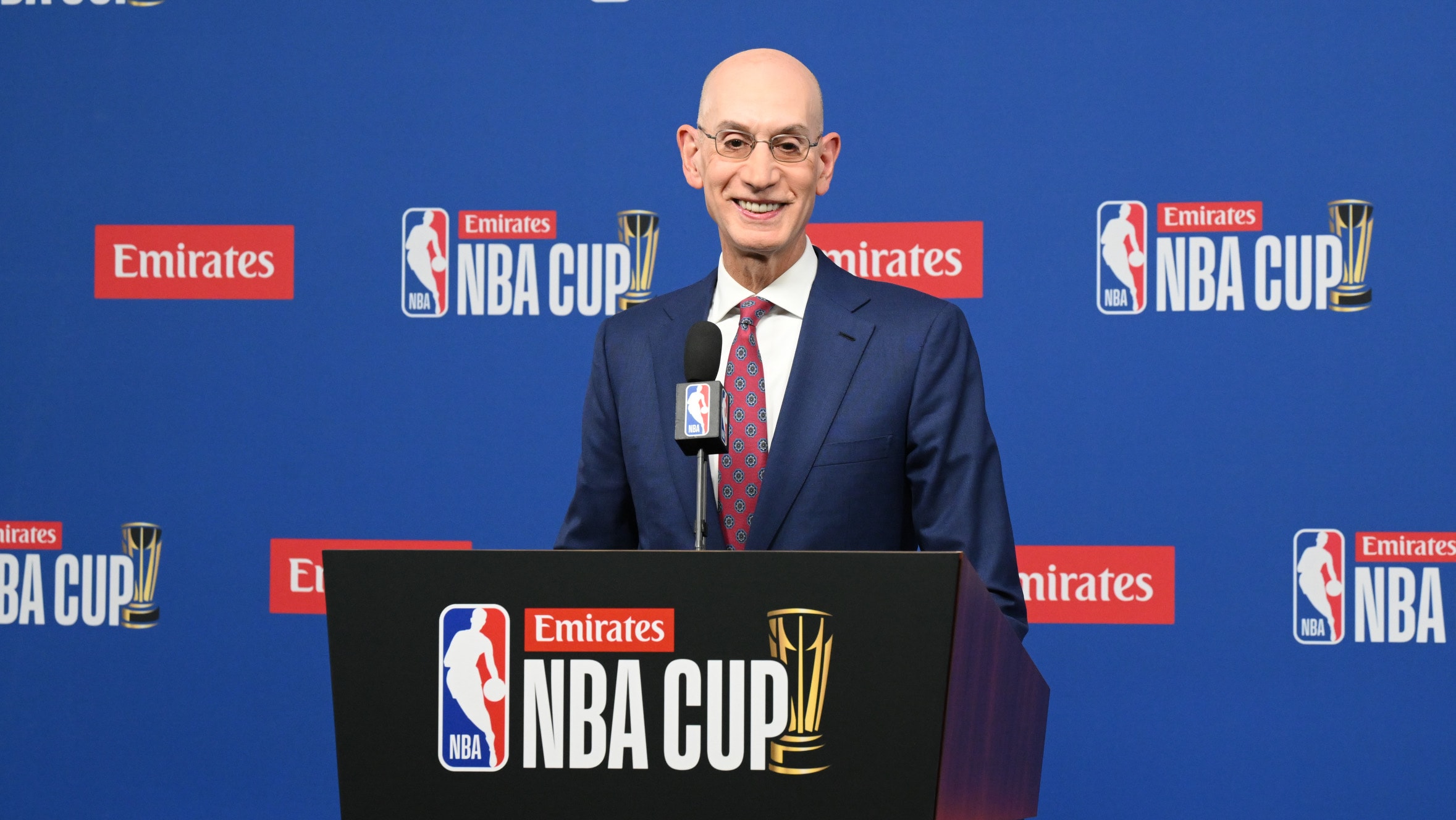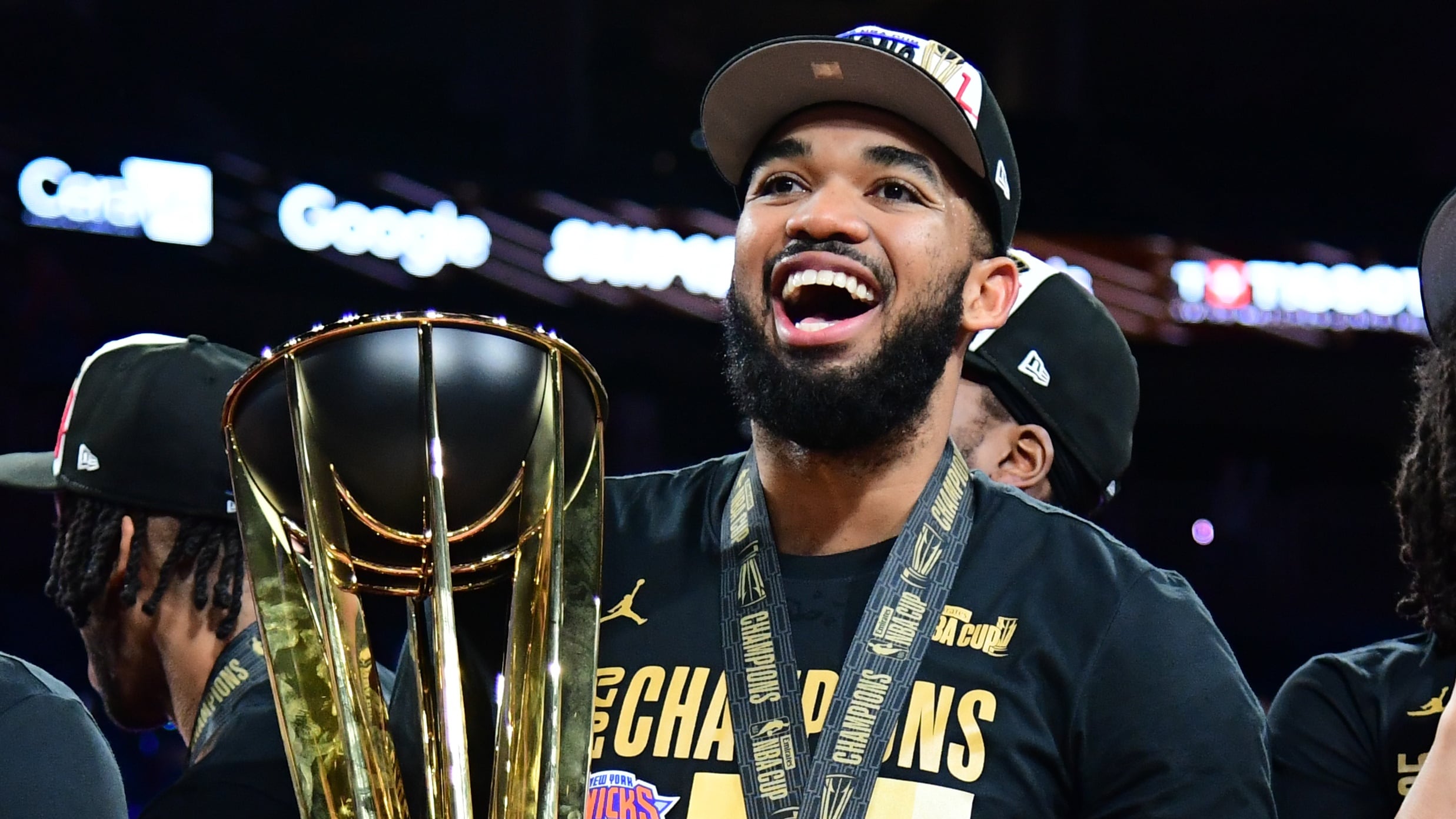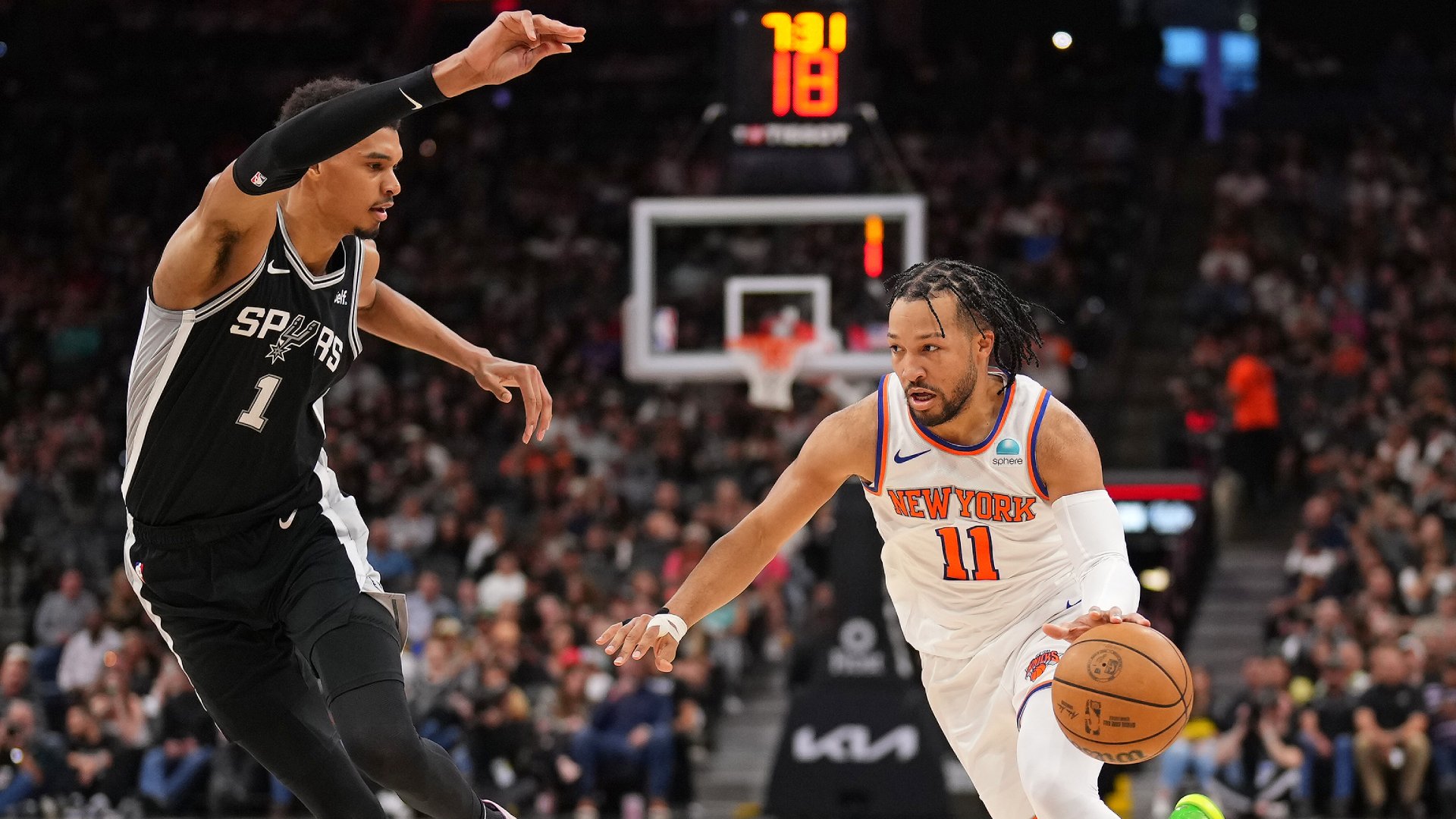
For Earl Monroe, the genius was in his hips. With the basketball in his hands he could keep defenders at bay, locked to his side; the rhythm he moved to was found only between his ears, with would-be stoppers left to guess the beat. The guards who came before him moved mostly in straight lines, purposeful and economic. And then came “The Pearl,” who ripped up the blueprint and began scribbling out his own interpretation.
He would push the ball out with each mesmerizing spin move, almost baiting his defender to lunge while never ceasing control. That, however, constituted just half of the process. Then there was the act of scoring, each play seemingly never replicated. He could move the ball, gyrate, pump and twist. Monroe didn’t need the air to create space, but rather a self-sourced angle, just enough to place the ball on the backboard and let it magically do the rest.
Some have sought to express Monroe’s career as basketball’s answer to a jazz musician, the ultimate improvisational artist with capabilities vast and creative. It begs several questions: Does music and basketball intersect? And where does Monroe fit in when examining that crossover?
Monroe’s reputation as an entertainer was quickly established in the professional ranks, with his unique style quickly awarding him a legion of admirers and national prominence. He built a portfolio of incredible moves as quickly as he did a fan base. But what happens when we reimagine that experience? When the artist critiques his own work? Here is Monroe as a member of his own audience, barely removed from his 1980 retirement, sampling a collection of some of his greatest moves.
Part curiosity and part mythology when drafted by the Bullets in 1967, Monroe had set scoring records (41.5 ppg as a senior) while leading tiny Winston-Salem to the small college national title. From strictly word of mouth as a collegian in the South to full, living color in the pros. His response: Rookie of the Year. He scored 56 points in a game against Jerry West and the Lakers, still today the most a rookie guard has ever cast in a single outing. By his second season he was first-team All-NBA, and in year three, 1970, he had given the eventual-champion Knicks all they could handle in an epic seven-game series. Monroe took the Bullets one step further in 1971, helping drag his injury-riddled squad past New York in what was becoming an annual spring meet-up, before falling to Milwaukee in The Finals.

Baltimore was the peak of the Monroe Experience. The accomplishments themselves, however, could never compete with the feeling of watching him work. Monroe’s legend on the streets of Philadelphia, where he learned and developed his game as a late teen, was slowly matched by his legend in the NBA, where he brought together those two worlds, sprinkling a little flavor of the streets onto the professional courts. When two of the most physical players at their positions — Wes Unseld and Gus Johnson — crashed the defensive backboards at the Civic Center and kicked the ball out to the eagerly awaiting Monroe, magic usually followed.
Between 1969 and 1974 — a remarkable six consecutive postseasons — the Bullets and Knicks met in the playoffs. It remains one of the most fascinating rivalries in league history; two teams diametrically opposed in style yet evenly matched all over the floor. Unseld and Willis Reed. Johnson and Dave DeBusschere. Jack Marin and Bill Bradley. Kevin Loughery and Dick Barnett. Monroe and Walt Frazier. It was the schoolyard, choose sides and divide up, brought to the professional game. The Bullets sought power by reducing the game to five one-on-one matchups, exploiting their individual brilliance; the now-legendary Knicks, conversely, formed the ultimate team unit, an eclectic collective of star power willing and able to lean on one another. This is need-to-know NBA history, people.
Opposing Monroe was Frazier, he too of the 1967 draft class, a master on the defensive end of the floor, and the possessor of his own unique grace. When these two squared off it was pure theater: Street magician meets conniving pick-pocket with 19,000 onlookers holding their breath. For Monroe, Frazier presented as the ultimate test of his one-on-one ability; shake Frazier, get him off balance, and anyone was conquerable. For Frazier, the idea of staring down a dribbling Monroe with an anxious Madison Square Garden crowd chanting in the background was his sort of nirvana.
Yet this rivalry was no Russell versus Chamberlain, nor Robertson against West, with an endless stream of contests played out over a decade-plus. It was a short, sharp rivalry — with a most unusual twist.
 What arrived alongside Monroe in New York was a level of speculation almost unprecedented, largely around his ability to fit in, to co-exist with Frazier. He had freelanced as a Bullet, and the results were glorious. Yet, just six months after leading Baltimore to the championship series he was now a member of the archrival Knicks, not immediately a starter and playing sporadically. Following that spotty first season he required surgery on his feet, having played in pain through most of that year. Was the best of “Earl The Pearl” already in the rear-view mirror?
What arrived alongside Monroe in New York was a level of speculation almost unprecedented, largely around his ability to fit in, to co-exist with Frazier. He had freelanced as a Bullet, and the results were glorious. Yet, just six months after leading Baltimore to the championship series he was now a member of the archrival Knicks, not immediately a starter and playing sporadically. Following that spotty first season he required surgery on his feet, having played in pain through most of that year. Was the best of “Earl The Pearl” already in the rear-view mirror?
If the New York faithful were dying for one magical moment to claim Monroe as their own, early in that second season with the Knicks, they got it. While that season ultimately ended in a title for Monroe and the Knicks, his standing as one of the most popular players in franchise history can be traced directly to what occurred on Nov. 18, 1972, at Madison Square Garden against the powerful Bucks. With 5:50 remaining in the fourth quarter it was Milwaukee 86, New York 68.
A great many words could be used to describe what happened next; the 19 unanswered points by the Knicks, 11 from the hands of Monroe; about how it remains one of the most dramatic comebacks ever. Or, we could watch it. Here are the final minutes. Listen for the Garden crowd. Watch for Monroe’s brilliance.
Legends in this league come in various forms. Some lean heavily on their sustained greatness, an accumulation of numbers and achievements that leave no room for interpretation. Others give us simply a moment of greatness, perhaps on the biggest stage, perhaps when least expected. Somewhere in-between is the select brethren that changed the way the game was played.
Guards played differently in 1980 when Monroe exited the game, certainly different than the way guards operated in 1967, upon his arrival. The style he popularized, once subject to scepticism, was accepted and so undeniably wonderful to watch. Stop, stare, and admire – Monroe’s legacy in visual form.
More on Earl Monroe









